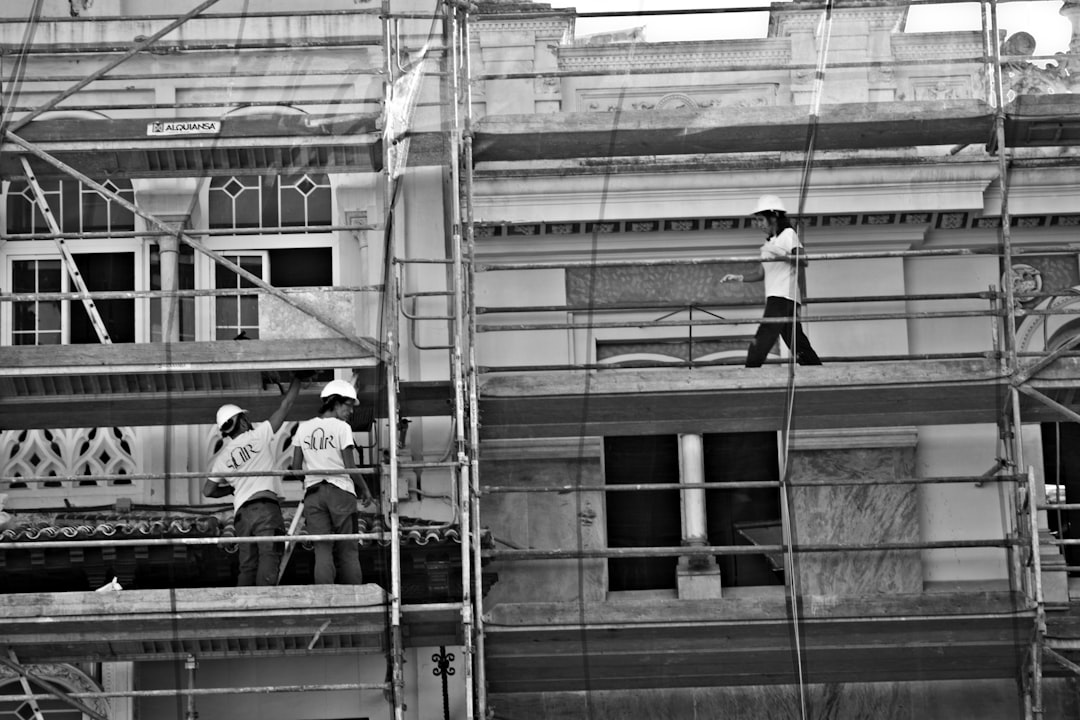Understanding the Real Labor Cost to Replace Ceiling Tiles
For construction professionals, accurately estimating the labor cost to replace ceiling tiles is crucial. Labor costs can range from $55 to $65 per hour for skilled installers and $30 to $35 for helpers, depending on the region and project specifics. Understanding these costs helps in budgeting and project planning.
Why Labor Dominates Your Ceiling Tile Budget
- Overhead work requires ladders and scaffolding, increasing fatigue and time.
- Protecting furniture and floors adds to preparation time.
- Precision in tile patterns and grid alignment extends labor hours.
- Disposal of old tiles may involve handling hazardous materials.
Labor Rate Benchmarks for Ceiling Tile Replacement
In the San Diego area, skilled ceiling installers typically charge between $55 and $65 per hour, while helpers earn $30 to $35. These rates are based on productive hours tracked through advanced estimating tools.
Sample 10' x 12' Bedroom Replacement Scenario
- Mobilization and site prep – 1.5 crew hours
- Remove 120 sq ft of outdated tiles – 2.0 crew hours
- Inspect and adjust ceiling grid – 0.5 crew hours
- Install new moisture-resistant tiles – 2.5 crew hours
- Clean-up and haul-away – 1.0 crew hours
Total productive hours: 7.5
At a blended rate of $52/hour, the labor cost for this room is $390.
Six Variables That Move Your Labor Cost Up or Down
- Ceiling height above 9' adds ladder time.
- Crown moulding removal can increase labor by 15-20%.
- Integrated lights or HVAC grilles require grid modifications.
- Occupied homes need daily clean-up.
- Custom tile sizes require more cutting.
- Rural jobsites may incur travel charges.
How Advanced Estimating Tools Adjust for Each Variable
Estimating software prompts installers with questions about specific conditions, adjusting labor costs based on real-time data.
Comparing DIY vs. Professional Labor
Professional installation is recommended due to the complexity and potential hazards involved, such as asbestos exposure and the need for precise grid alignment.
Workflow for Accurate Ceiling Tile Estimates
- Real-time voice capture of project details.
- Instant AI conversion to line items.
- Live cost feed based on local wage data.
- On-site approval of scope and costs.
- Automated invoicing matching the approved estimate.
Pro Tips for Reducing Labor Cost
- Schedule replacements during other renovations.
- Choose compatible tiles to avoid re-framing.
- Group multiple rooms to save on mobilization.
Case Study: Coastal Cottage Ceiling Refresh
In La Jolla, a project involving 340 sq ft of mold-resistant tiles was completed with a labor cost of $1,620, reflecting specific site conditions.
Get Your Own Labor Forecast in Minutes
For precise labor cost estimates, visit CountBricks.com and explore our tools for accurate project planning.
Deep Dive: Production Rates vs. Billable Hours
Understanding the difference between production rates and billable hours is essential for accurate project costing. Production rates refer to the time it takes to complete a task under optimal conditions, while billable hours include additional factors like setup and cleanup.
- Production rate: Approximately 4.5 minutes per square foot under optimal conditions.
- Billable hours: Includes setup, cleanup, and travel, often doubling the production time.
How Advanced Tools Handle Surprises Mid-Project
- Field discovery of issues is logged in the app.
- Dynamic re-estimation adjusts costs in real-time.
- Digital approval keeps the project on track.
When Premium Tiles Are Worth the Extra Labor
- High NRC acoustic panels reduce echo, justifying extra labor.
- Washable tiles reduce future maintenance.
- Wood-look planks require full grid replacement, flagged early to avoid surprises.
Ready to Lock in Your Labor Number?
Accurate labor forecasting ensures smooth project execution. Visit CountBricks.com for precise estimates backed by real data.

